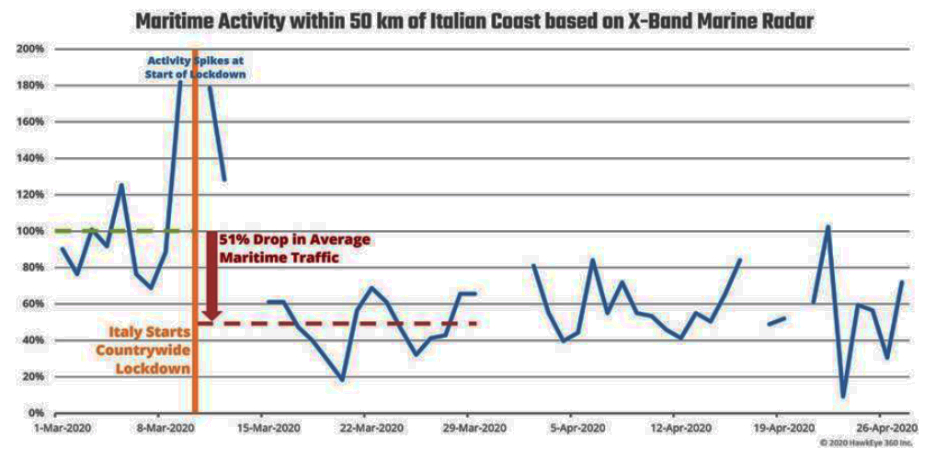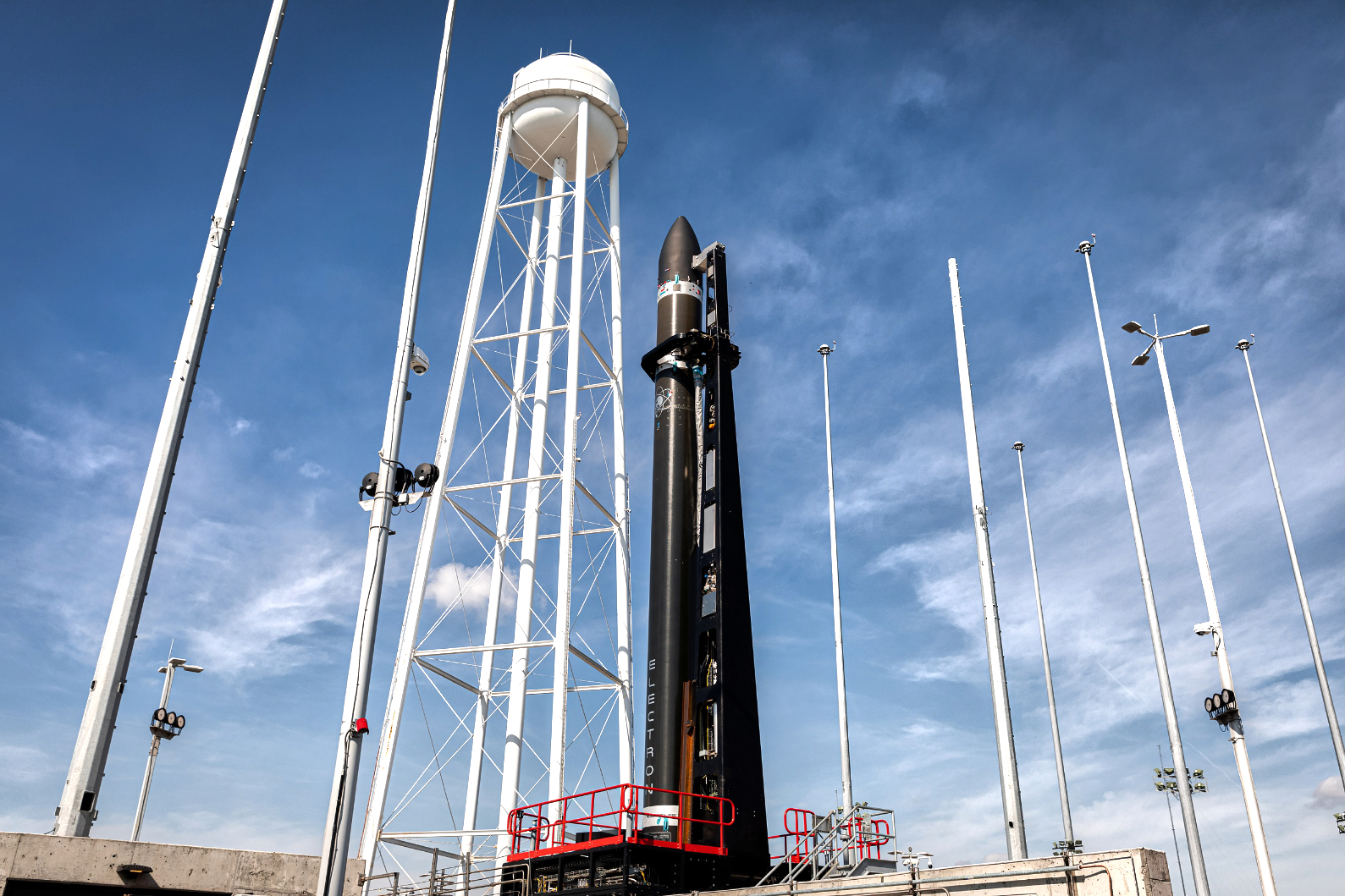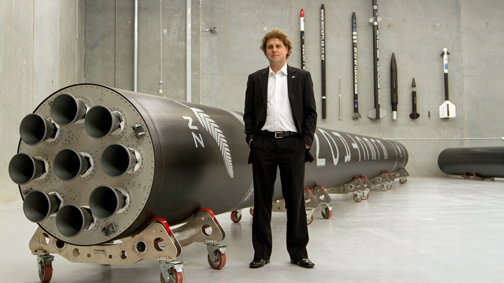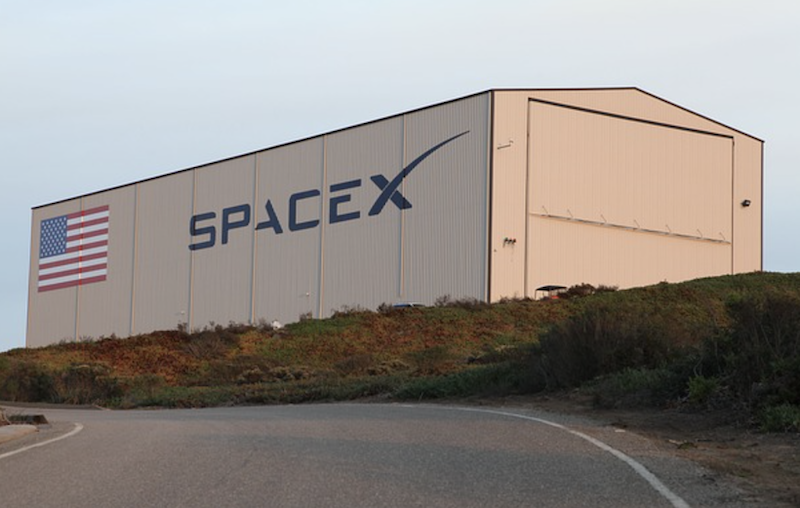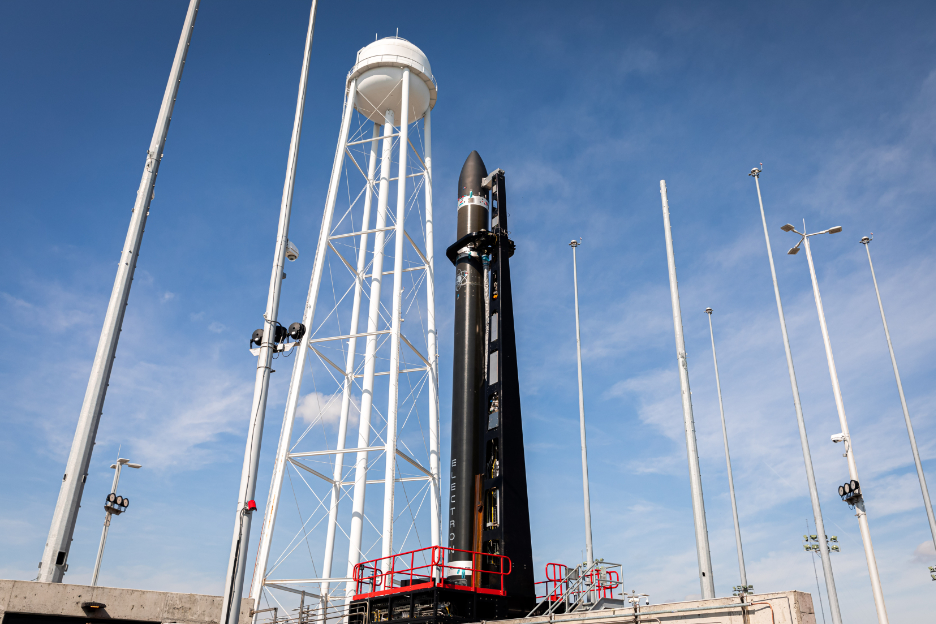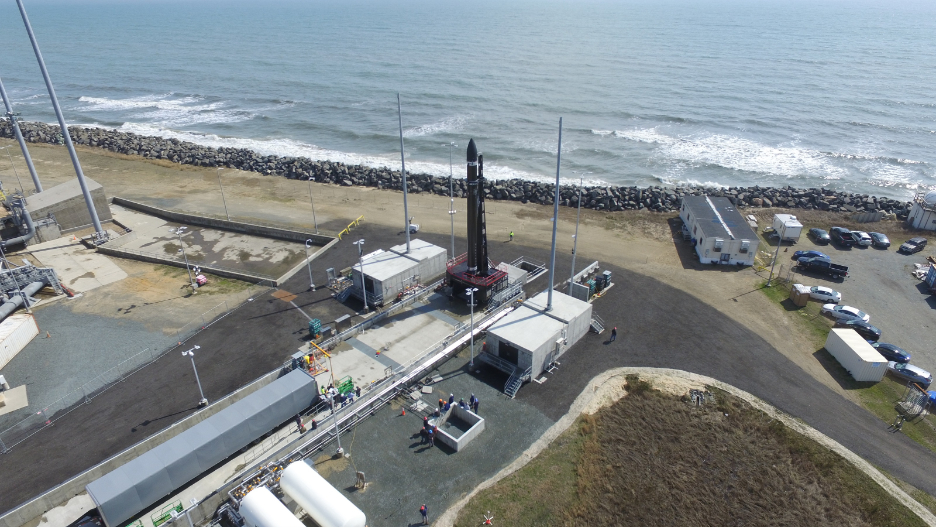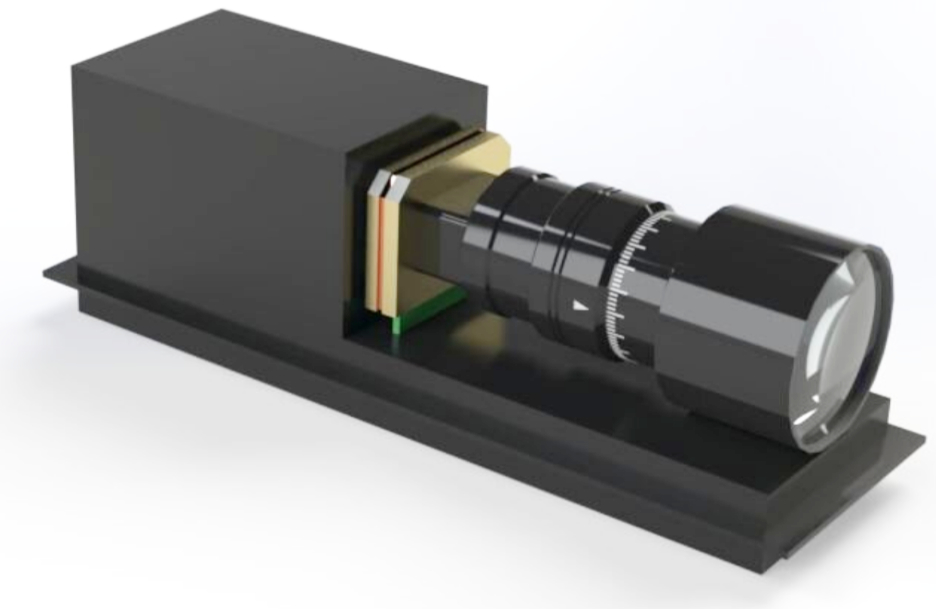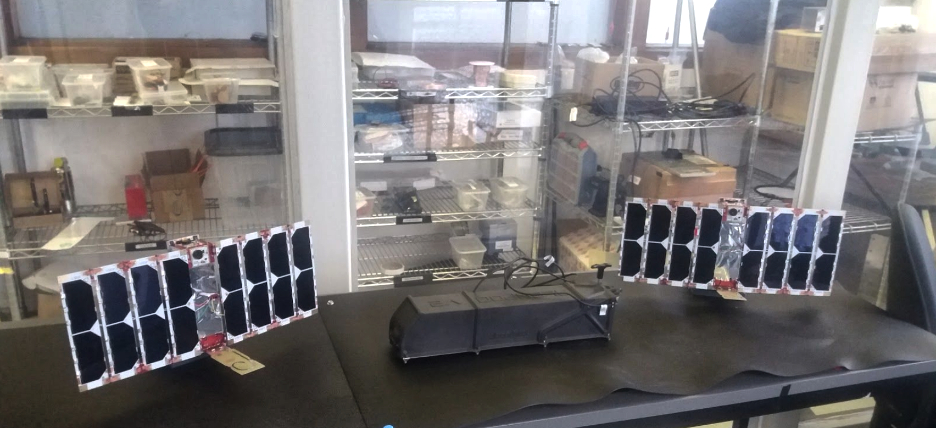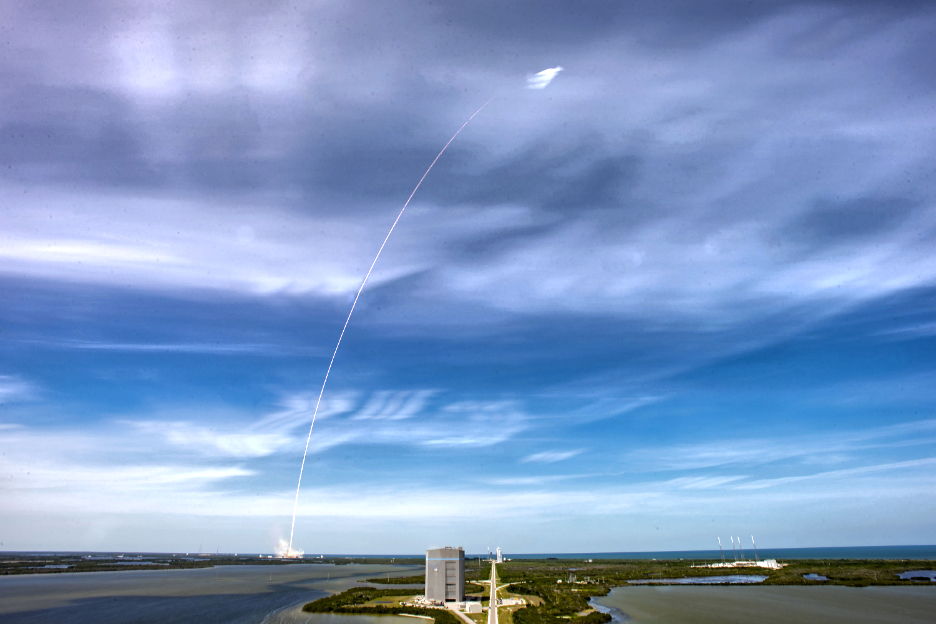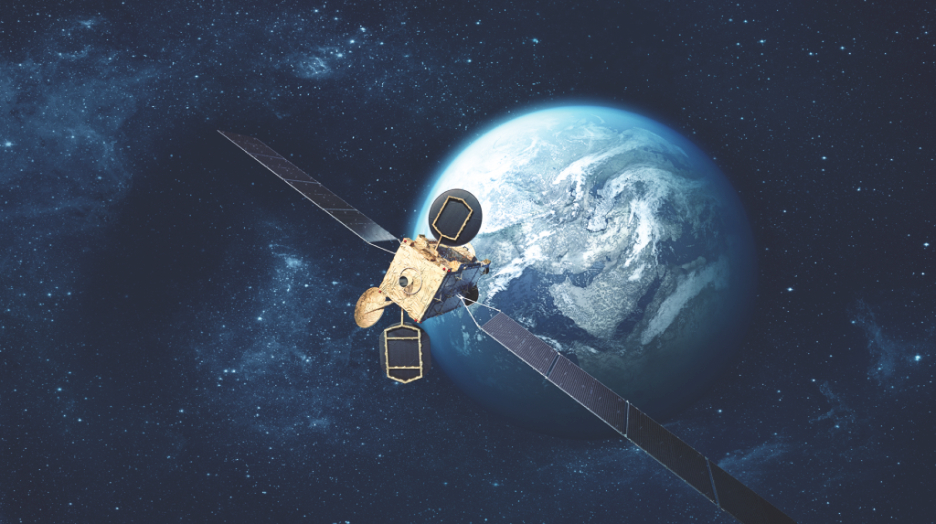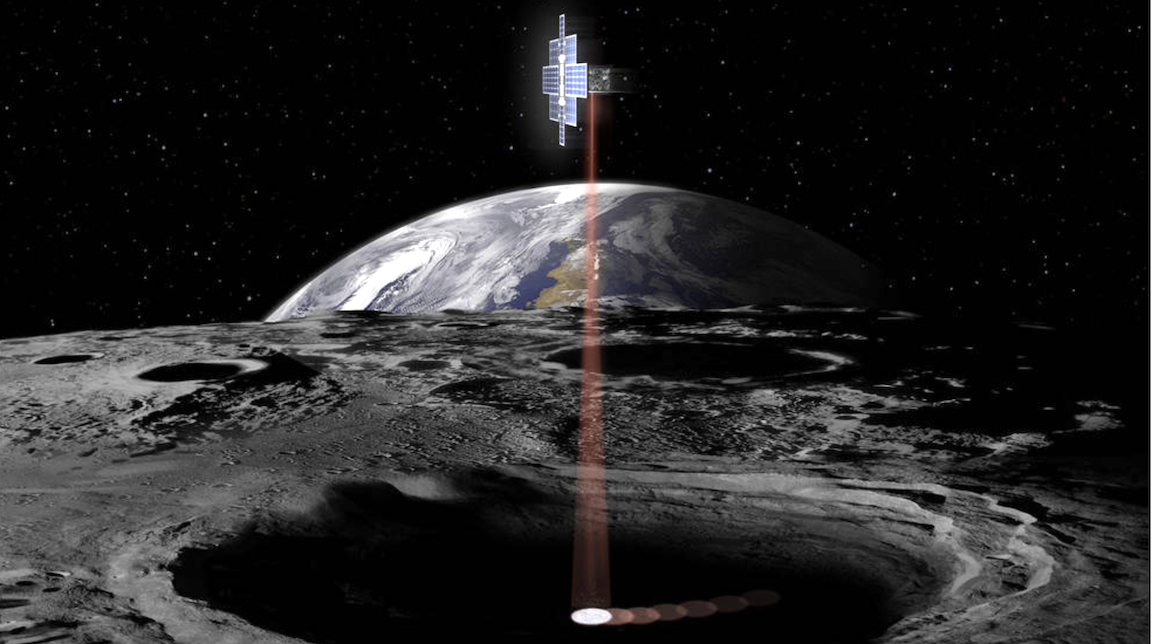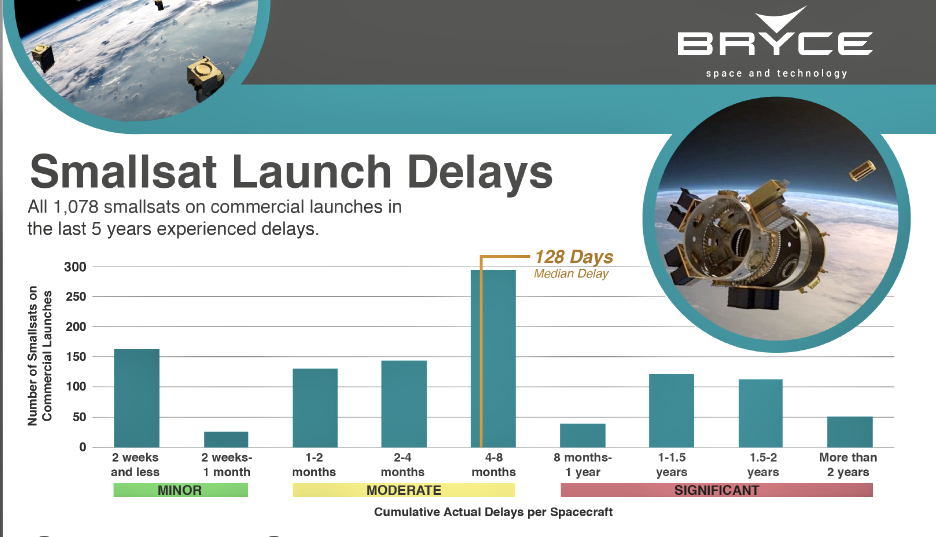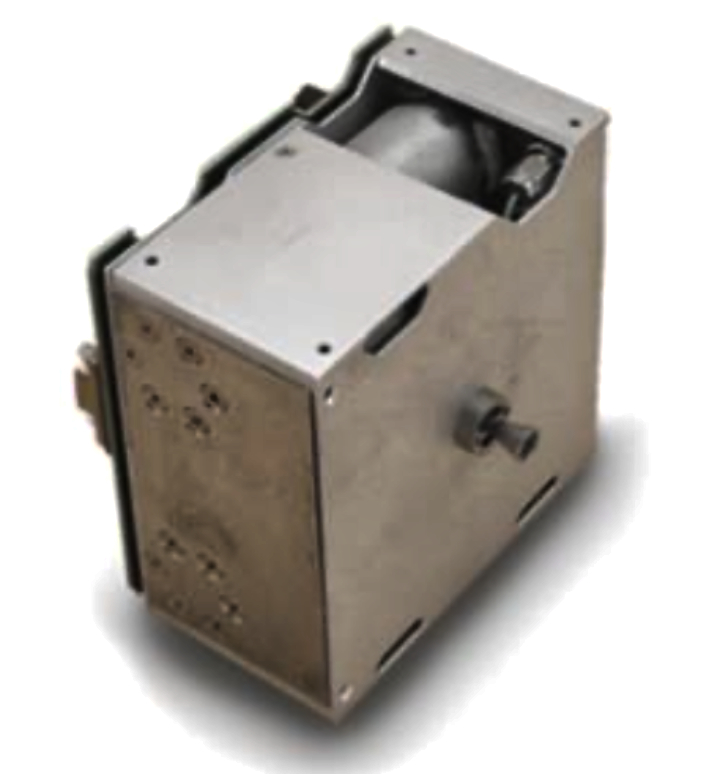
Benchmark’s DFAST warm-gas thruster.
Benchmark Space Systems DFAST warm-gas thruster (scalable for 1U-12U spacecraft) has completed the subsystem qualification test campaign and has been integrated into the company’s on-orbit demonstration smallsat, BSS1.
Range safety was smooth sailing for our ‘unpressurized, inert’ launch mode. In the same week the FCC regulatory policy vote took place, the Benchmark Space Systems team was notified that an experimental license was granted and the company is ready for launch.
Benchmark’s latest update from Firefly following their test anomaly and accelerated re-group is that the inaugural Alpha launch is scheduled to deliver BSS1 to orbit in the summer of 2020. With the launch quickly approaching, and regulatory activity increasing, the firm wants to make certain all prospective customers receive one last prompt to take advantage of the Launch Countdown Promotion. This promotion is running until the launch of the BSS1 satellite and includes special DFAST pricing, as well as a free (flatsat) integration evaluation kit on all pre-orders that are received prior to launch.
In the past few months, the company has crossed crucial checkpoints for the B125 Green Bi-Propellant system (scalable for 6U through ESPA satellites). Benchmark successfully tested the firm’s signature On Demand Pressurization System (ODPS), the key differentiator in offering safe and unpressurized launches as well as the remainder of subsystem tests.
System integration of the firm’s 4-thruster B125 was another major milestone hit, as part of Benchmark’s AFWERX Phase II contract and demonstrates the team’s ability to collaborate and execute development tasks despite a broadly challenging distributed work environment during our current global pandemic. The 4-thruster system is currently being prepared for qualification testing at Edwards AFB (now planned for Q3), being administered by the USAF Small Sat Portfolio organization. Benchmark Space plans to send the company’s first liquid propellant system into space in Q4 2020.
The Benchmark team is excited to be earning heritage after only three years after being founded and delivering propulsion and mobility solutions to customers that improve ease of integration, mission capability and revenue models.
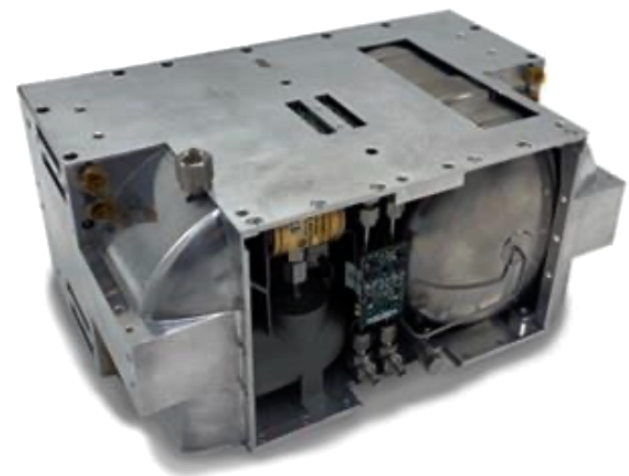
Benchmark’s B125 Green Bi-Propellant system.


